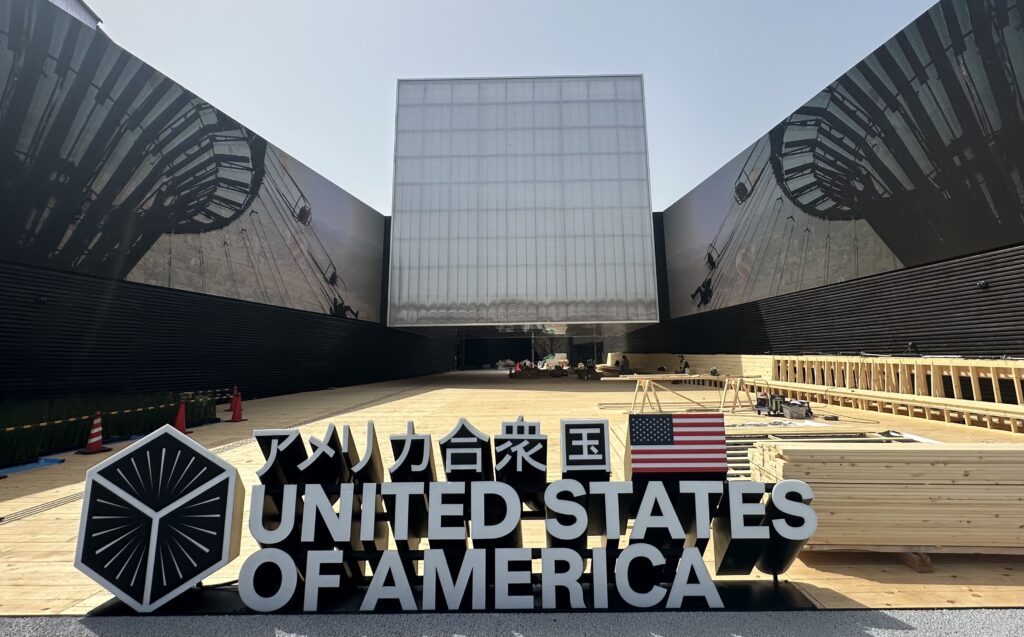
- ARAB NEWS
- 27 Aug 2025

OSAKA: The organizers of the Osaka-Kansai Expo assert that the event is highly popular, despite some local media reports indicating that visitor numbers are falling short of pre-Expo estimates.
Additionally, there are claims that these reported figures may be inflated or, at the very least, inaccurate. Nevertheless, the US Pavilion is attracting a considerable amount of interest, and the Indian Pavilion has finally opened its doors.
What are the true figures?
The controversy over the actual visitor numbers at the Expo continues to spark interest. Lawyer Kito Masaki reported on X that the Japan International Exposition Association includes staff and media personnel in their daily visitor counts, which he criticized as “padding.”
On April 23, the Expo celebrated reaching 1 million visitors, but just two days later, media reports indicated that the “number of general visitors” had also exceeded 1 million. Each morning, the Association announces the previous day’s visitor count, which includes a segment designated as “XX people with AD passes,” referring to management and media personnel.
This has prompted criticism on social media, with comments like “It’s pathetic.” Approximately 17,000 of these AD ticket holders come daily, making up about 20 percent of the total visitor count, potentially adding nearly 3 million over the 184-day event.
The Association maintains that their counting method was consistent with the prior Dubai Expo, but the pandemic context of that event raises questions about its relevance to the Osaka-Kansai Expo. In contrast, the Aichi Expo in 2005 reported visitors by excluding staff and including only ticketed and free admissions like children.
Crowd heads to America
The United States Pavilion is a popular attraction, drawing in many visitors. Shizuoka TV announcer Saito Ryo reported live from the location, stating, “The line stretches so far that you can’t see the front of it.” Of the nearly 200 pavilions, the United States Pavilion stands out for its popularity. Tomise Kazumi, the Public Relations Officer for the pavilion, shared with the media that “we have had just under 10,000 people visit the United States Pavilion.”
The American Pavilion features five exhibition areas, taking visitors on a tour through each one. Beautiful scenery from all over the United States is projected on screens, creating an immersive video display for attendees.
Heading into ‘Space’
The “Space Area” in the American Pavilion allows visitors to experience “space” up close with models of rockets and various objects from the country that was the first to land on the moon. Public Relations Officer Tomise explained, “On the left is a 3D printer. It was designed with the expectation that it would be useful on the moon’s surface. This 3D printer will be placed on the moon, where it will create building materials.”
In addition, there is a rocket launch simulation area where visitors can watch a launch from a vantage point “beneath” the launch pad. The pavilion also features a display of moon rocks collected by the Apollo 17 mission in 1972.
India Pavilion Finally Opens
After more than two weeks since the Expo began, the Indian Pavilion has officially opened. Its exterior displays Indian charm, featuring murals from a World Heritage Site and a rotating time wheel at the entrance. Inspired by lotus flowers, the Pavilion showcases India’s history and space development.
Delayed pavilions, including Brunei’s, have now opened. A TV commentator noted the differing timelines in South Asia and Southeast Asia, implying that “patience is needed.”